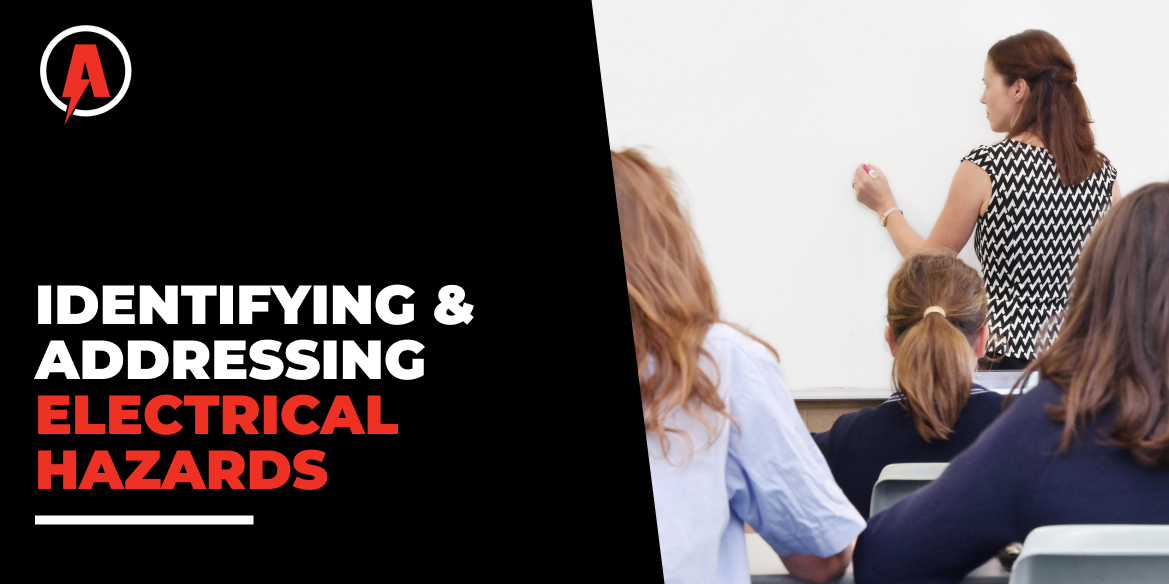In the bustling world of education, classrooms are vibrant hubs of learning, creativity, and growth. However, amidst the excitement of lessons and activities, it’s essential to maintain a safe environment. One often overlooked aspect is electrical safety within classrooms.
Identifying Electrical Hazards:
Overloaded Outlets:
The demand for electronic devices in classrooms can lead to overloaded power outlets. Plugging too many devices into a single outlet poses a fire risk and can cause electrical malfunctions. Distributing devices across multiple outlets or using power strips with surge protection can mitigate this risk.
Damaged Power Cords:
Frayed or damaged power cords are potential safety hazards. Whether it’s a laptop charger or a projector cable, damaged cords can expose live wires. Regularly inspecting cords for wear and tear and promptly replacing damaged ones is crucial for electrical safety.
Inadequate Wiring:
Older classrooms may have outdated wiring that doesn’t meet the demands of modern technology. Insufficient or faulty wiring can lead to power fluctuations, electrical fires, or other malfunctions. Periodic inspections by qualified electricians can identify and address wiring issues.
Extension Cord Misuse:
Improper use of extension cords, such as daisy-chaining multiple cords together, can increase the risk of electrical fires. Using extension cords as a permanent solution is not recommended. Instead, consider having additional outlets installed where needed.
Exposure to Water:
Classroom activities involving water, such as science experiments or cleaning projects, can pose a risk when electrical devices are nearby. Ensuring that electrical outlets and devices are kept away from water sources and promptly addressing spills is crucial.
Practical Tips for a Safer Classroom:
Regular Inspections:
Conduct routine inspections of the classroom’s electrical setup. Check for damaged cords, overloaded outlets, and any signs of wear on electrical appliances.
Educational Programs:
Implement educational programs for both educators and students to raise awareness about electrical safety. Teach students the importance of responsible device use and how to identify potential hazards.
Emergency Preparedness:
Establish clear procedures for handling electrical emergencies. Ensure that educators and staff know how to respond to power outages, electrical fires, or other related incidents.
Professional Maintenance:
Entrust electrical maintenance and repairs to qualified professionals. Regular inspections by licensed electricians can identify and address potential hazards before they become serious issues.
Creating a safe and conducive learning environment goes beyond lesson plans and classroom activities—it extends to the physical space itself. By identifying and addressing electrical hazards, we can ensure that our classrooms remain vibrant, secure spaces for both educators and students. Let’s embrace a proactive approach to electrical safety, fostering an environment where knowledge can flourish without compromising well-being.







